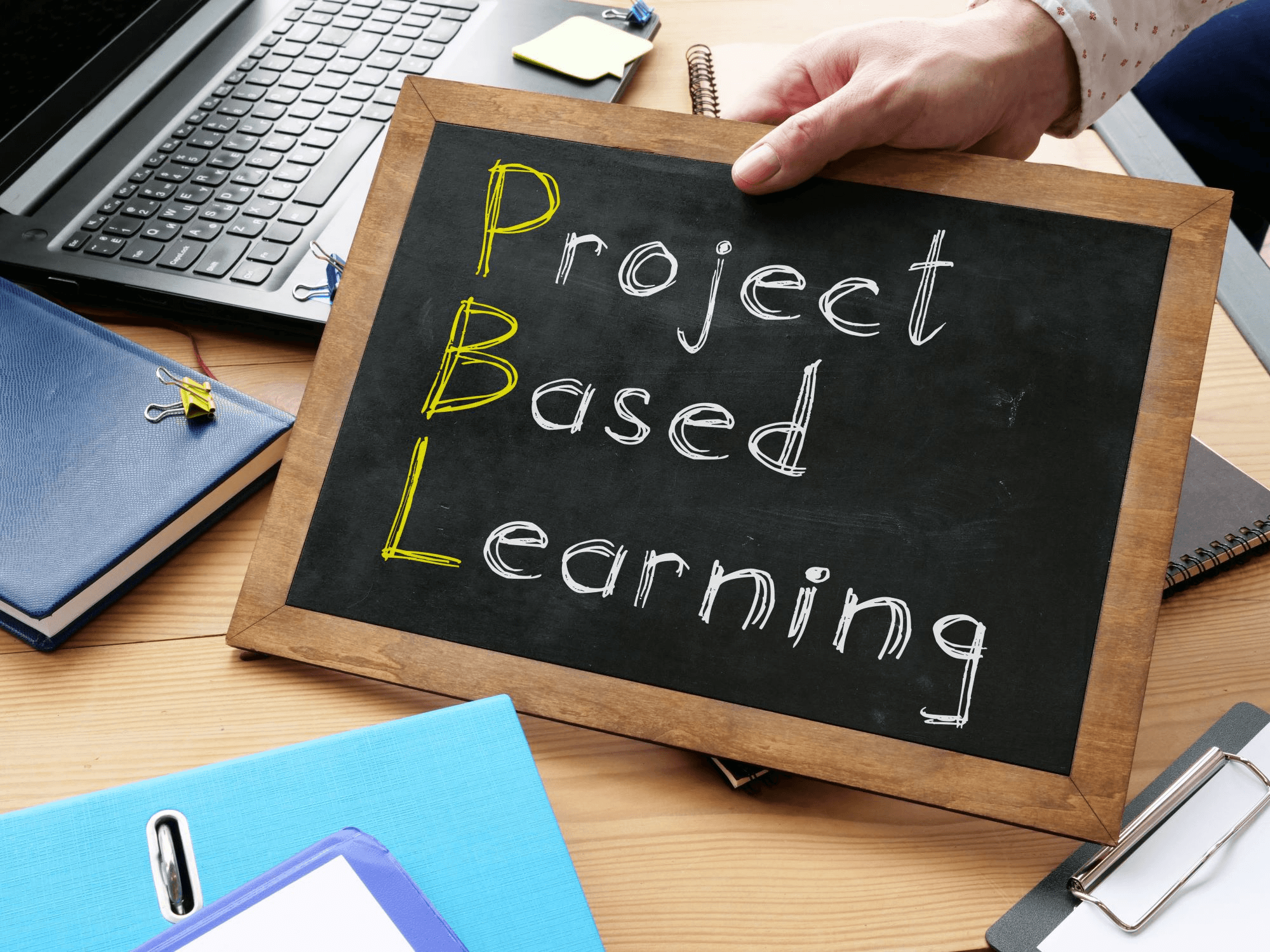Project-Based Learning: Encouraging Hands-On Exploration in Schools
Introduction
In today's educational landscape, there's a noticeable shift from traditional rote learning to more engaging methods. Project-Based Learning has emerged as a dynamic strategy emphasizing hands-on exploration and real-world problem-solving. This approach deepens students' grasp of academic concepts and equips them with crucial 21st-century skills.
What is Project-Based Learning?
Project-Based Learning is an instructional method where students gain knowledge and skills by tackling complex questions, problems, or challenges over an extended period. Unlike traditional methods focused on lectures and textbooks, Project-Based Learning fosters active participation through inquiry and collaboration.
Key Features:
Active Learning: Students take an active role in their education.
Real-World Problems: Projects often address real-world issues, making learning more relevant.
Collaboration: Emphasis on teamwork and communication skills.
Benefits of Project-Based Learning
Project-Based Learning offers several significant benefits:
Enhanced Critical Thinking: Students analyze and solve complex problems, deepening their understanding.
Increased Creativity: Encourages innovative thinking and diverse solutions.
Improved Collaboration: Students develop essential teamwork and communication skills.
Greater Engagement: Connects academic content with real-world contexts, making learning more interesting.
Examples of Successful Projects:
- Science and Technology: Designing sustainable energy solutions.
- Social Studies: Investigating historical events.
- Arts: Creating public murals or theatrical productions.
Implementing Project-Based Learning in Schools
Steps for Effective Implementation:
Align Projects with Curriculum: Ensure projects meet educational goals while allowing student-driven inquiry.
Facilitate, Don’t Lecture: Teachers guide students through the learning process.
Integrate Interdisciplinary Approaches: Combine subjects like science and social studies in projects.
Use Varied Assessment Methods: Include presentations, reports, and peer evaluations.
Tools and Resources for Project-Based Learning
Several tools can support Project-Based Learning:
Digital Platforms: Google Classroom, Trello, and Padlet for project management.
Collaborative Tools: Shared documents and discussion boards for team work.
The Role of Parents and Community in Project-Based Learning
Engaging Stakeholders:
Parents: Regular updates and involvement in projects reinforce Project-Based Learning’s value.
Community Partnerships: Local businesses and organizations can provide resources and expertise.
Developing 21st Century Skills through Project-Based Learning
Project-Based Learning effectively develops essential skills for the modern world:
Critical Thinking: Tackling complex problems enhances analytical abilities.
Communication and Collaboration: Teamwork and peer interactions strengthen these skills.
Digital Literacy: Use of digital tools promotes technological proficiency.
Project-Based Learning in Different Educational Settings
Project-Based Learning is versatile and adaptable:
Elementary Schools: Simple, age-appropriate projects.
Middle and High Schools: Complex, research-driven projects.
Special Education: Projects tailored to individual needs.
Online and Hybrid Learning: Flexible implementation with appropriate tools.
Impact of Project-Based Learning on Academic Outcomes
Research indicates that Project-Based Learning improves:
Knowledge Retention: Better understanding and recall of information.
Student Engagement: Increased motivation and interest in learning.
Assessment Performance: Enhanced performance in evaluations.
Global Perspectives on Project-Based Learning
Educational systems worldwide are adopting Project-Based Learning, each adapting it to their unique contexts. International case studies provide valuable insights into effective Project-Based Learning implementation.
Continuous Improvement and Future of Project-Based Learning
Project-Based Learning is continually evolving with innovations such as new technologies and interdisciplinary approaches. The future looks promising, with trends towards more personalized learning experiences.
Conclusion
Project-Based Learning is a transformative educational strategy that promotes hands-on exploration and problem-solving. By engaging students in meaningful projects, Project-Based Learning not only boosts academic knowledge but also develops vital skills for success in a complex world.
Project Based Learning at SSRVM
At SSRVM, learning evolves into a transformative experience through Project-Based Learning (PBL), where curiosity fuels creativity, and academic concepts seamlessly blend with real-world applications. Our students don’t just absorb knowledge—they immerse themselves in dynamic projects that ignite their passions, stimulate critical thinking, and cultivate a collaborative spirit.
Through Project-Based Learning, SSRVM schools foster a dynamic learning environment where students can transform academic insights into innovative, hands-on solutions, bringing ideas to life, thus transforming education into a captivating journey of exploration. This hands-on approach not only deepens understanding but also makes learning profoundly impactful. Our inquiry-driven pedagogy shapes students into innovative thinkers, adept problem-solvers, and lifelong learners, poised to embrace and overcome the challenges of the future.
FAQs
Q1: What is Project-Based Learning and how does it differ from traditional teaching methods?
- Project-Based Learning is an instructional approach where students explore real-world problems over an extended period. Unlike traditional methods focused on lectures and memorization, Project-Based Learning emphasizes hands-on exploration and student-driven learning.
Q2: What are the key benefits of Project-Based Learning for students?
- Project-Based Learning enhances critical thinking, creativity, collaboration, and engagement. It connects academic learning with real-world contexts, fostering skills essential for future success.
Q3: How can teachers effectively implement Project-Based Learning in their classrooms?
- Effective implementation involves designing projects aligned with curriculum goals, acting as facilitators, integrating interdisciplinary approaches, and using varied assessment methods.
Q4: Can Project-Based Learning be adapted for different educational levels, including elementary and special education?
- Yes, Project-Based Learning can be tailored for different levels, from simple projects in elementary schools to complex, research-driven projects in higher grades. It is also adaptable for special education and online learning environments.
Q5: How does Project-Based Learning impact academic outcomes compared to traditional learning methods?
- Research shows that Project-Based Learning improves knowledge retention, student engagement, and assessment performance. It fosters critical thinking and problem-solving skills, contributing to long-term academic and career success.

